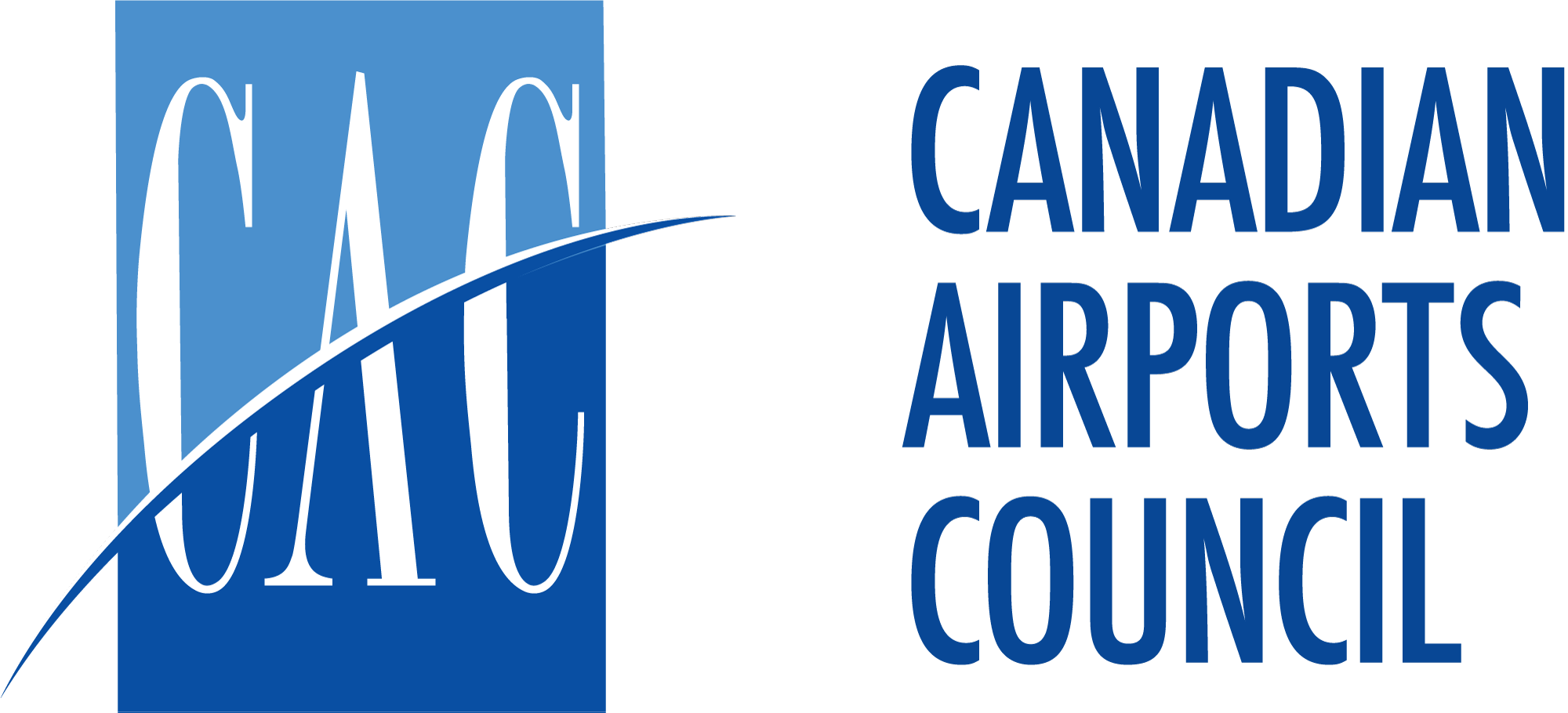February 24, 2020 WASHINGTON and OTTAWA – Airports Council International – North America (ACI-NA) today marked the 25th anniversary of the 1995 Canada-U.S. Air Transport Agreement, the liberalized air services agreement entered into on February 24, 1995, that led directly to more choices for travelers and a more competitive and price-conscious market. The agreement served as the foundation for the expanded Open Skies agreement in 2007.
Looking at it 25 years later, it’s difficult to describe what a game changer the agreement was at the time,” said Joyce Carter, President and CEO of Halifax International Airport Authority, and Chair of ACI-NA’s Canadian Policy Council. “Twenty-five years ago, Canada’s airports met the challenge of new growth. Today, Canada’s airports’ plans have evolved to encompass not only passenger growth, but to incorporate programs that address the needs of diverse travelers, environmental sustainability and enhanced safety.”
“Trade between the United States and Canada impacts every state in the union, but it’s most important to the states along the U.S. Canada border,” said Rick Tucker, CEO of Huntsville International Airport, and Chair of ACI-NA’s U.S. Policy Council. “The 1995 agreement boosted long haul tourism from Canada and opened doors for American manufacturers to expand their markets and build highly effective and competitive supply chains that spanned North America.”
With almost $630 billion in trade annually –close to $2 billion every day – between Canada and the United States, market-driven cross border air service is an essential tool for economic growth, with 32 million passengers flying between U.S. and Canadian destinations in 2018 alone. The sustainability of tourism, business travel, and trade in goods and services can draw a direct line between liberalized air services and new economic opportunity.
The 1995 agreement came at a pivotal time for airports and passengers on both sides of the border. In Canada, the newly independent airports created in the early 1990s were free to invest in infrastructure and services that would meet the growing demand, based on their own community-centric plans. From that point to today, these direct investments have added up to $27 billion in improvements and expansions.
###
The Canadian Airports Council, a division of ACI-NA, is the voice of Canada’s airports. With 53 members representing more than 100 airports, we work to ensure that Canada’s airports have the regulatory and operational tools they need by advocating for policies that strengthen the ability of Canada’s airports to serve their travellers and communities. Learn more at www.canadasairports.ca
Airports Council International-North America (ACI-NA) represents local, regional, and state governing bodies that own and operate commercial airports in the United States and Canada. ACI-NA member airports enplane more than 95 percent of the domestic and virtually all the international airline passenger and cargo traffic in North America. Approximately 380 aviation-related businesses are also members of ACI-NA, providing goods and services to airports. Collectively, U.S. airports support more than 11.5 million jobs and account for $1.4 trillion in economic activity – or more than seven percent of the total U.S. GDP. Canadian airports support 405,000 jobs and contribute C$35 billion to Canada’s GDP. Learn more at www.airportscouncil.org.
For more:
Scott Elmore
Vice President of Communications and Marketing
(202) 293-8500
Selmore@airportscouncil.org
Debra Ward
Advisor for Communications and Industry Promotion
(613 )850 9118
Debra.ward@cacairports.ca

